Looking to optimize your workouts with the perfect workout splits? Workout splits organize your training to target specific muscle groups on different days. This helps improve recovery and boost results. In this guide, you’ll learn about different types of workout splits and how to choose the best one for your goals.
Key Takeaways
-
Workout splits organize training sessions around specific muscle groups, providing structure and aiding in recovery.
-
Different splits, like full body, upper-lower, and push-pull legs, cater to various fitness goals and schedules.
-
Choosing the right workout split depends on individual fitness goals and available workout days, allowing for flexibility and adaptability.
What Are Workout Splits?
A workout split refers to a method of organizing your workouts around specific muscles or body regions. The idea is to divide your training sessions in such a way that you focus on different muscle groups or areas of the body on different days. This approach helps in optimizing your workout routine and ensures that you are not overworking any single muscle group while still making significant progress toward your fitness goals.
There are several common workout splits, each with its unique structure and benefits:
-
Total body workouts involve training all major muscle groups in one session.
-
Upper-lower splits focus on alternating between upper body and lower body days.
-
Push pull legs splits divide exercises into pushing movements, pulling movements, and leg movements, making them some of the best workout splits.
These structured approaches provide a clear pathway toward specific goals, whether it be muscle gain, fat loss, or strength gains improvement.
One of the key advantages of using workout splits is that they provide structure to your training program. This structure not only helps in maintaining consistency but also allows for adequate recovery time between sessions, preventing overtraining. For beginners, the clear-cut structure of workout splits can be particularly beneficial as it makes it easier to follow a routine and track progress.
Moreover, having a solid training split can significantly impact your gym routine by improving time management and motivation. Focusing on specific muscle groups during each session ensures efficient and effective workouts, leading to better performance and results. Incorporating training splits can further enhance this approach.
In the following sections, we’ll explore different types of workout splits in detail, helping you find the most suitable one for your fitness journey.
Full Body Workout Split
The full body workout split is particularly suitable for beginners and those looking to build a solid foundation in their fitness journey. Key aspects include:
-
Training all major muscle groups in one session
-
Typically spreading workouts across three days a week
-
Targeting multiple muscle groups in each workout to ensure balanced development
-
Preventing muscular imbalances
A typical full body workout split might include exercises such as:
-
Squats
-
Bench press
-
Pull-ups
-
Deadlifts
Aim for 2-3 sets of 8-10 reps per exercise for effective resistance training. This approach not only promotes muscle growth but also increases overall strength and endurance.
A key benefit of a full body workout split is the flexibility it offers in scheduling. Since each session targets the entire body, you can easily fit your workouts around a busy schedule without compromising on effectiveness.
Additionally, beginners should ideally allow at least 48 hours of recovery between sessions to maximize muscle recovery and growth. This means resting every other day, which helps prevent overtraining and ensures that your muscles have enough time to repair and adapt.
Incorporating a full body workout split into your routine can be a game-changer, especially if you’re just starting. It provides a comprehensive strength training program and balanced approach to strength training, making it one of the most effective workout splits for building a strong foundation.
Next, we’ll explore the upper-lower workout split, another popular and effective training method.
Upper Lower Workout Split
The upper-lower workout split divides your workouts into upper body days and lower body days, offering a balanced approach to training. This day split is designed to provide adequate recovery by allowing the opposite body half to rest while the other is being trained. For example, you might train your upper body on Upper Body Tuesday and Thursday and your lower body on Tuesday and Friday, focusing on either the upper or lower body.
One of the significant benefits of the upper-lower workout split is that it allows for more training volume, enhancing muscle growth by hitting each major muscle group twice weekly. Compound exercises, which engage multiple muscle groups simultaneously, are commonly included in this split, promoting overall strength and muscle development. Exercises such as bench presses, squats, and pull-ups are staples in an upper-lower split routine.
The suggested frequency for muscle growth using this split is to target each major muscle group twice a week. This typically involves four training sessions per week, which provides comprehensive coverage of all major muscle groups without overloading the body. The flexibility of the upper-lower workout split makes it suitable for individuals with varying levels of experience and time constraints, while the resistance training frequency ensures optimal results.
For those short on time, the upper-lower workout split can be easily scaled down to just two workouts per week, ensuring that all muscle groups receive attention without requiring a significant time commitment. This adaptability makes the upper-lower split an excellent choice for many fitness enthusiasts.
Next, we’ll delve into the push-pull legs split, another effective and popular training method.
Push Pull Legs Split
The push pull legs split is a highly effective workout routine that divides exercises into three main categories: pushing movements, pulling movements, and leg exercises. This structure simplifies training sessions by grouping exercises based on movement patterns, making it easier to organize and execute workouts. Additionally, the push pull split enhances the overall effectiveness of the training regimen, including a push workout and compound multi joint exercises.
In a push pull legs split:
-
Push workouts target the chest, shoulders, and triceps.
-
Pull workouts focus on the back and biceps.
-
Leg workouts are dedicated to the lower body muscles, including the quadriceps, hamstrings, calves, and glutes.
This balanced approach helps ensure that all muscle groups and related muscle groups are adequately trained, promoting overall muscle development and strength.
One of the key benefits of the push pull legs split is the ample recovery time it provides for each muscle group. Alternating between pushing, pulling, and leg days minimizes the risk of overtraining and allows for optimal muscle recovery. This split is also highly adaptable, making it suitable for both beginners and advanced trainers. Beginners can start with a lighter training frequency, while more experienced lifters can add additional specialization days or increase workout intensity.
However, it’s essential to manage muscle fatigue carefully and plan workouts to avoid overlapping strain. Critics of the push pull legs split note the following:
-
It may sometimes underemphasize lower body workouts, often limiting to one leg-focused day per week. Lifters can address this by:
-
Adding extra leg days.
-
Incorporating additional exercises for underdeveloped muscle groups.
Next, we’ll explore the body part workout split, another specialized training method.
Body Part Workout Split
The body part workout split, often referred to as the ‘Bro Split,’ focuses on training one to three body parts per session. This type of split allows for dedicated hypertrophy for each muscle group, making it a popular choice among bodybuilders and those aiming for maximum muscle growth.
Each day in a typical body part workout split targets a single muscle group, allowing for high volume and focused training on training days. For example, you might dedicate one training day to chest, another to back, and another to legs. This approach ensures that each specific muscle group receives ample attention and can be trained with higher intensity. Certain muscle groups are ideally trained twice a week, allowing sufficient recovery and targeted growth.
One of the main advantages of body part splits is the intense focus on specific muscle groups, which can help develop weaker or lagging areas. Single joint isolation exercises are frequently incorporated to effectively target specific muscles, enhancing workout efficacy. However, it’s essential to program these workouts correctly to avoid potential risks of muscular imbalances and overtraining.
Common pairings in body part splits include training chest with triceps and back with biceps to group synergistic muscles. This method promotes balanced development and ensures that all major muscle groups are adequately trained over the course of the week. Next, we’ll discuss how to choose the right workout split based on individual needs and goals.
Choosing the Right Workout Split
Selecting the right workout split is crucial for aligning your training with your fitness priorities, whether it’s fat loss, muscle gain, strength, or endurance. The first step in choosing the right split is to identify your specific fitness goals and how many days you can realistically commit to working out each week. Some splits, like the full body workout split, are more time-efficient and suitable for those with limited time, while others, like the body part split, require a higher training frequency.
Beginners typically benefit from simpler workout splits, such as the beginner full body split, which allows them to ease into a routine and build a solid foundation. As you gain more experience, you can transition to more complex structures, such as the upper-lower split or the push-pull legs split, to provide more targeted muscle engagement and enhance overall strength and growth. The most effective workout split can vary based on individual goals and preferences.
For those training at an intermediate or advanced level, body part splits can be highly effective due to the focused muscle development they offer. However, it’s important to note that there is no one-size-fits-all approach. The best workout split for you will depend on your individual preferences, goals, and lifestyle.
Consider the importance of proper rest and recovery when choosing a workout split. Including adequate rest days in your training program will help prevent overtraining and promote muscle repair and growth.
Don’t be afraid to experiment with different splits to find what works best for you. The key is to stay consistent and make adjustments as needed to keep progressing towards your fitness goals.
Modifying Workout Splits
Life can be unpredictable, and sometimes you’ll need to modify your workout split to fit your lifestyle factors, such as injuries, busy schedules, or limited access to equipment. The key to maintaining consistent training is to be flexible and adapt your workouts as needed. Simple alternatives and exercise substitutions can help you stay on track even when your plans change.
For example, if you’re traveling or facing gym closures, you can:
-
Utilize portable equipment like resistance bands or a TRX suspension trainer to keep your workouts effective.
-
Substitute with variations of similar exercises to maintain your workout intensity when specific exercise equipment is unavailable.
-
Have a backup plan ready with alternative exercises to use when equipment is occupied.
It’s also important to recognize fluctuations in energy levels due to life events and tailor your workout intensity and recovery times accordingly. During particularly busy or stressful periods, opt for shorter, more intense workouts to maintain consistency without overloading your schedule.
By being creative and adaptable, you can ensure that your training remains consistent and effective, regardless of the challenges you may face. Next, we’ll explore the numerous benefits of using workout splits in your fitness routine.
Benefits of Workout Splits
Using workout splits can significantly enhance the effectiveness and enjoyment of your strength training workouts. One of the main benefits is that structured workout splits:
-
Help track progress and implement gradual increases in weight, promoting continuous improvement.
-
Organize your workouts around specific muscle groups to ensure all muscles receive attention.
-
Avoid neglecting any areas.
Workout splits also facilitate higher levels of muscle hypertrophy and improved recovery by allowing targeted muscle engagement and providing adequate time for muscles to recover between sessions. This targeted approach can lead to increased workout intensity, as each session focuses on fewer muscle groups, enhancing overall strength and growth.
Another advantage of workout splits is that they help maintain motivation by varying the focus of each training session. Switching up your workout splits and exercises every four to six weeks can prevent workout monotony and keep you engaged and excited about your training.
Finally, properly structured splits give time for muscle recovery, promoting effective muscle repair and growth while preventing fatigue and injuries. Overall, incorporating workout splits into your fitness routine can lead to better results, improved motivation, and a more enjoyable training experience. Next, we’ll discuss how to design your own workout split based on your personal goals.
Designing Your Own Workout Split
Designing your own workout split can be an empowering way to take control of your fitness journey. The first step is to identify your personal goals, whether it’s:
-
building muscle
-
increasing strength
-
improving endurance Once you have a clear understanding of your objectives, you can tailor your workout split to meet these goals effectively.
Allowing adequate recovery time between workouts is crucial for muscle rebuilding and preventing overtraining. If planning a 5-day workout split, ensure that each muscle group has sufficient rest before being targeted again. Selecting exercises that target major muscle groups can enhance the effectiveness of your regimen. Incorporate compound movements like squats, bench presses, and deadlifts to engage multiple muscles simultaneously.
Variety is the spice of life, and this holds true for your workout routine as well. Incorporating a variety of exercises not only prevents boredom but also helps overcome training plateaus. Keep a workout log to track your progress and adjust training variables such as weights, sets, and reps effectively. This practice will help you stay on track and make informed adjustments to your training program as needed.
Following these guidelines will help you create a personalized workout split that aligns with your goals and keeps you motivated. Next, let’s look at some sample workout splits that can serve as a guide for structuring your own routine.
Sample Workout Splits
To help you get started, here are some sample split routines tailored for different goals and schedules. These examples can serve as a guide for structuring your own workout routine and ensuring that each muscle group receives adequate attention and recovery time.
You have a 3-day workout split. This means you’ll be focusing on different muscle groups each day.
-
Day 1: Full Body Workout (Squats, Bench Press, Deadlifts)
-
Day 2: Rest
-
Day 3: Full Body Workout (Pull-Ups, Overhead Press, Lunges)
-
Day 4: Rest
-
Day 5: Full Body Workout (Rows, Dips, Leg Press)
-
Day 6: Rest
-
Day 7: Rest
4-Day Workout Split:
-
Day 1: Upper Body (Bench Press, Rows, Shoulder Press)
-
Day 2: Lower Body (Squats, Deadlifts, Leg Curls)
-
Day 3: Rest
-
Day 4: Upper Body (Pull-Ups, Dips, Bicep Curls) to build upper body strength and target upper body muscles
-
Day 5: Lower Body (Lunges, Calf Raises, Leg Press)
-
Day 6: Rest
-
Day 7: Rest
5-Day Workout Split:
-
Day 1: Chest and Triceps (Bench Press, Tricep Dips, Pec Flyes)
-
Day 2: Back and Biceps (Pull-Ups, Rows, Bicep Curls)
-
Day 3: Legs (Squats, Leg Press, Calf Raises)
-
Day 4: Shoulders and Abs (Overhead Press, Lateral Raises, Planks)
-
Day 5: Full Body (Deadlifts, Push-Ups, Lunges)
-
Day 6: Active Rest or Cardio
-
Day 7: Rest
These sample workout splits provide a balanced approach to training, ensuring that all muscle groups are targeted. Feel free to adjust the exercises, sets, and reps to suit your individual needs and preferences. By following an effective workout split, you can optimize your training and achieve your fitness goals more effectively.
Summary
In this guide, we’ve explored the world of workout splits, delving into various types and their benefits. From the beginner-friendly full body workout split to the more specialized push pull legs split, each approach offers unique advantages that can help you achieve your fitness goals. By choosing the right workout split and making necessary modifications, you can create a training routine that fits seamlessly into your lifestyle and keeps you motivated.
Remember, the key to success is consistency and allowing adequate recovery time for your muscles. Whether you’re a beginner or an experienced lifter, using workout splits can enhance your training, prevent overtraining, and lead to better results. So, take what you’ve learned, design your own workout split, and embark on a fitness journey that leads to a stronger, healthier you.
Frequently Asked Questions
What is the best workout split for beginners?
The full body workout split is the best option for beginners, as it effectively targets all major muscle groups in one session. Stick to 2-3 sets of 8-10 reps per exercise and make sure to rest at least 48 hours between workouts for optimal recovery.
How do I choose the right workout split for my fitness goals?
To choose the right workout split, align it with your fitness goals—whether it's fat loss, muscle gain, or strength. Also, pick a split that fits your schedule; beginners might start with a full body split, while those with more experience can explore options like push-pull-legs.
How can I modify my workout split if I have a busy schedule?
You can easily modify your workout split by incorporating shorter, high-intensity workouts and using portable equipment like resistance bands or TRX. This way, you'll stay consistent without letting a busy schedule hold you back.
What are the benefits of using workout splits?
Using workout splits can significantly improve your motivation and progress tracking while enhancing muscle recovery and engagement. They help prevent overtraining and add variety to your routine, making your workouts more enjoyable and effective.
How do I design my own workout split?
To design your own workout split, first pinpoint your goals and ensure you allow enough recovery time. Focus on major muscle groups with a mix of exercises to stay engaged and effectively track your progress!




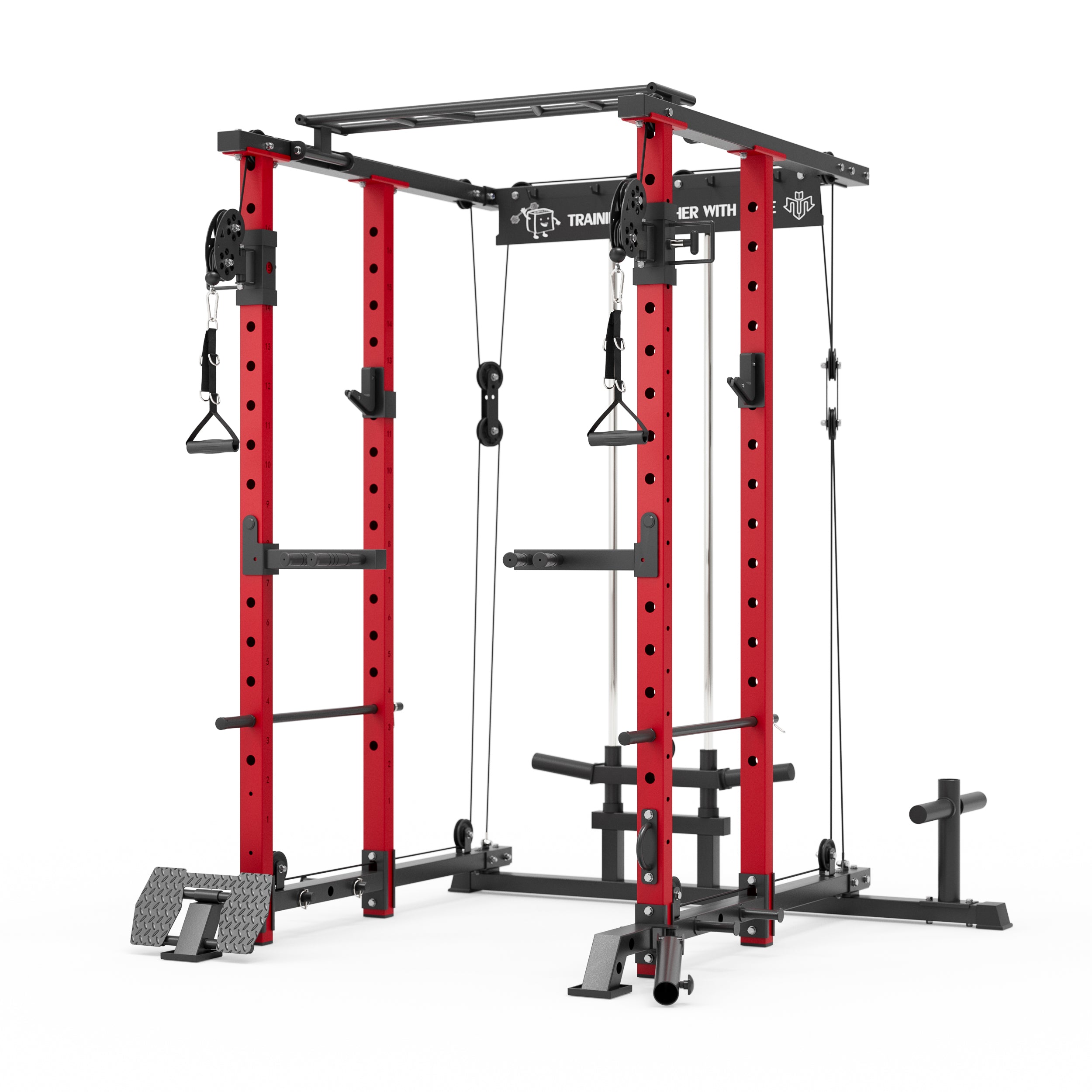


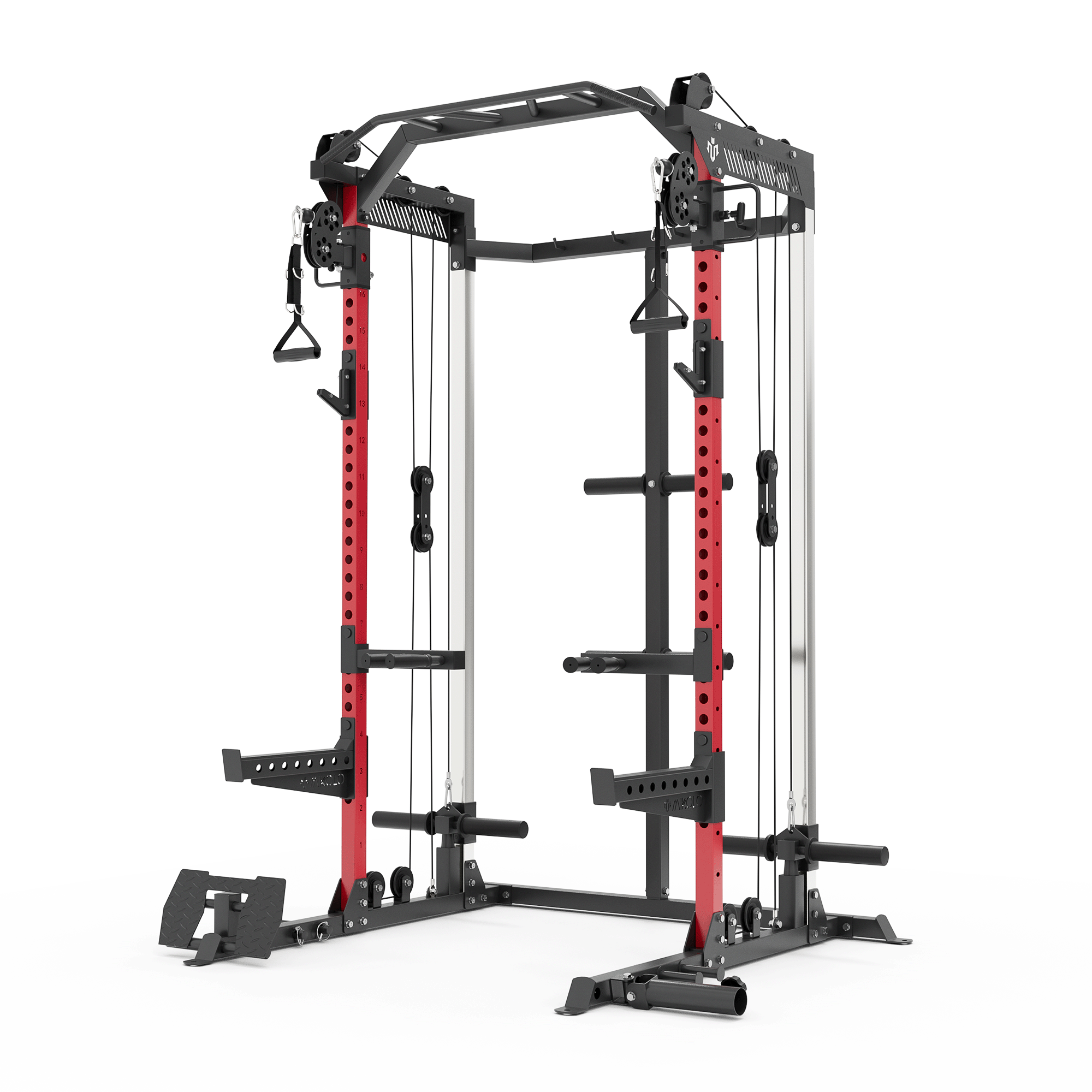








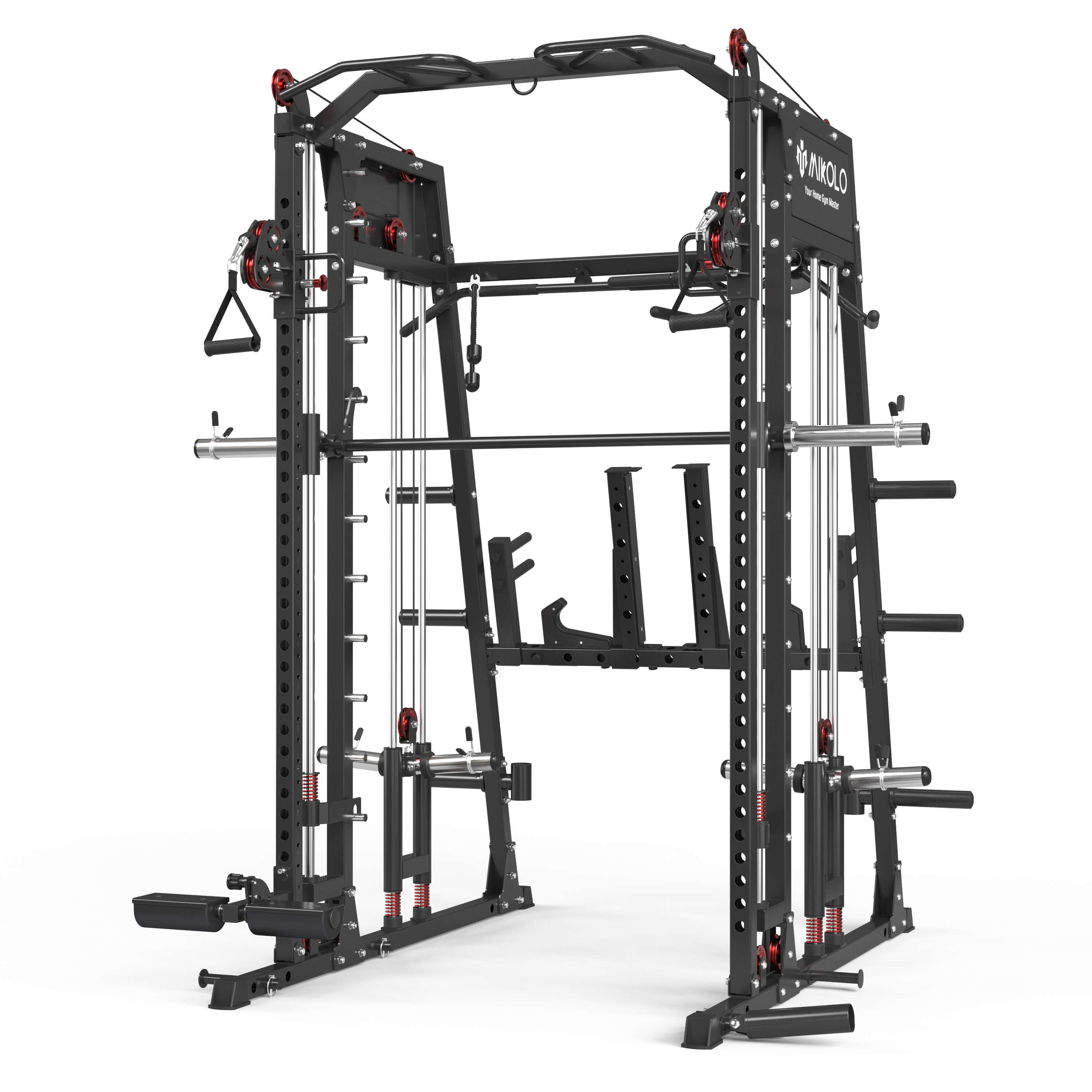













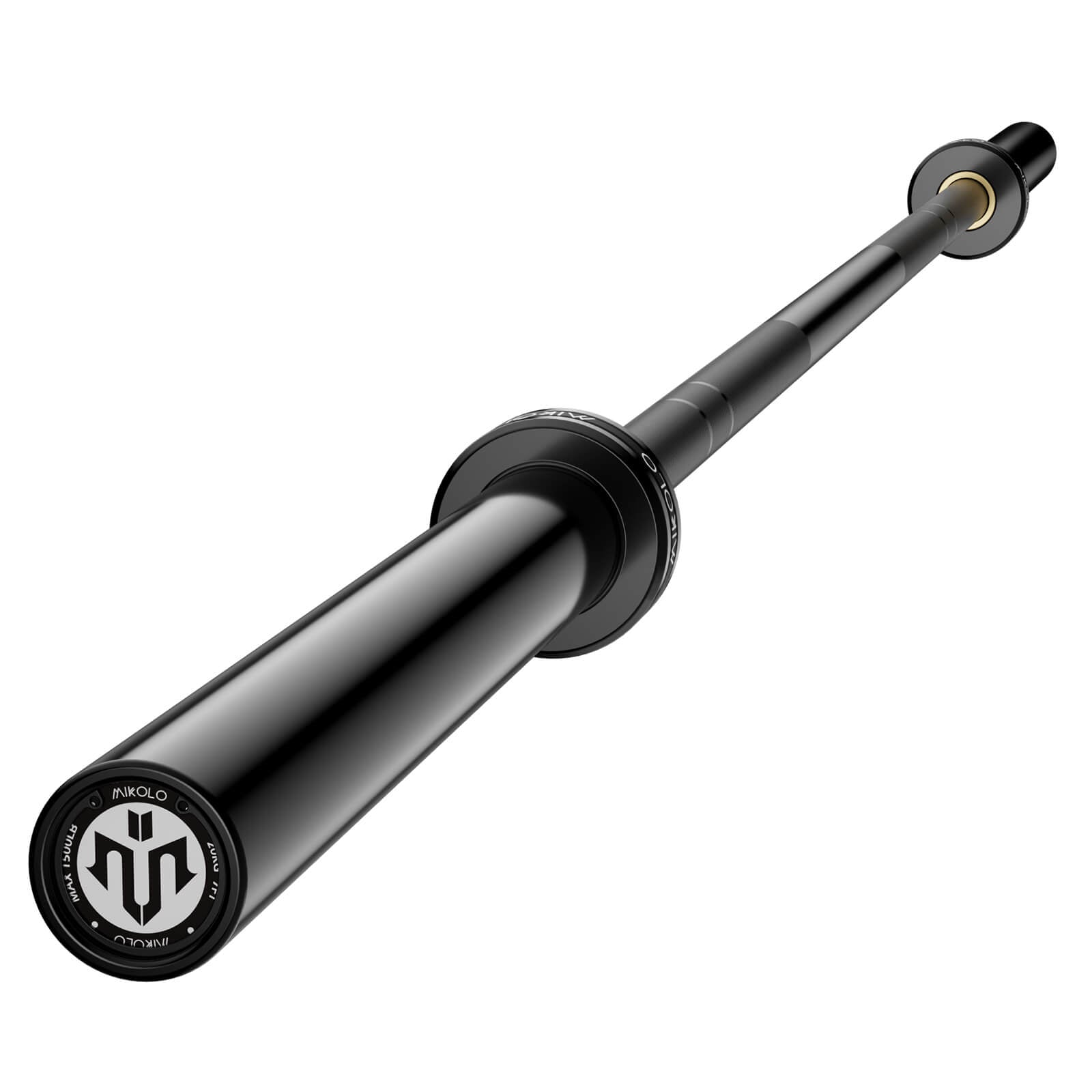




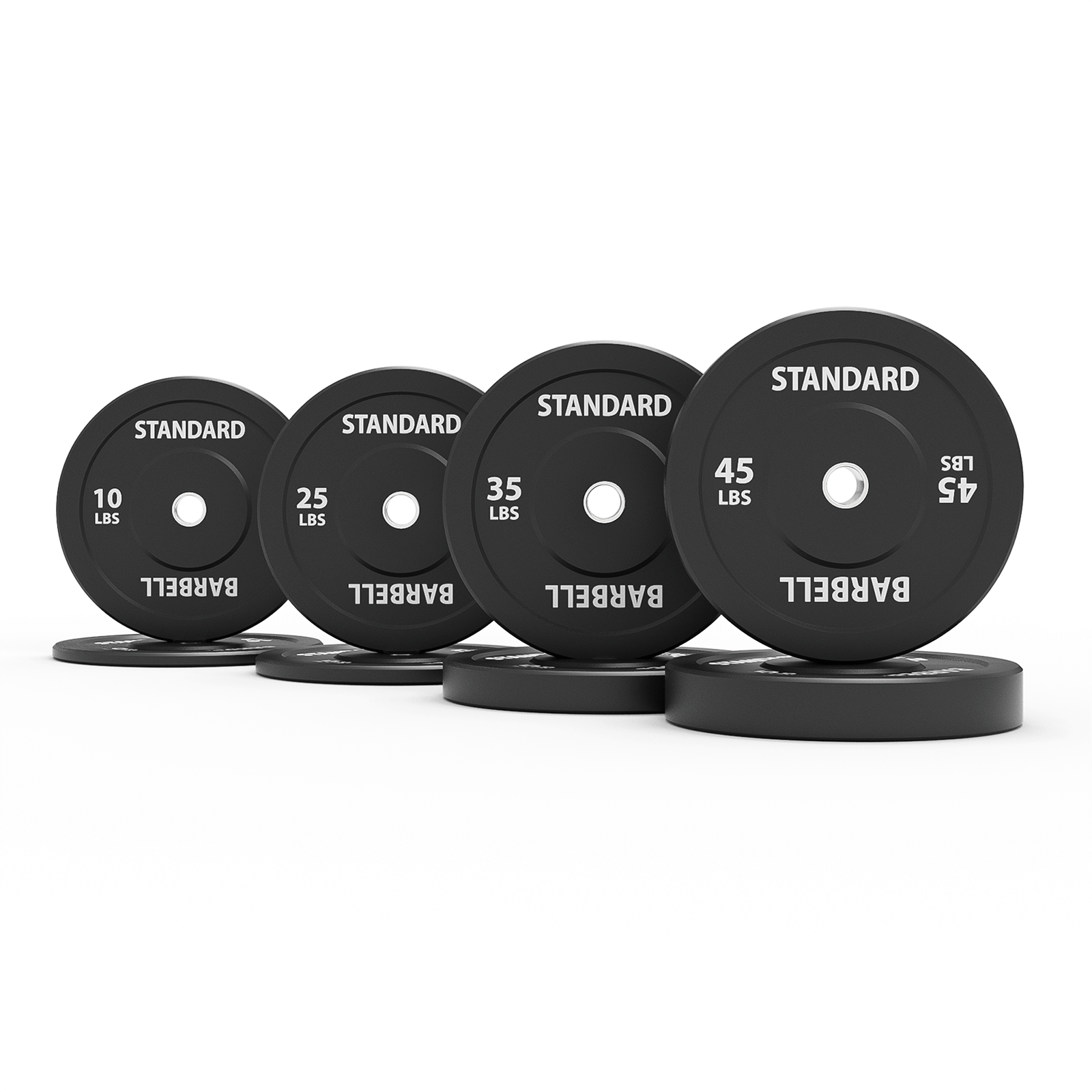




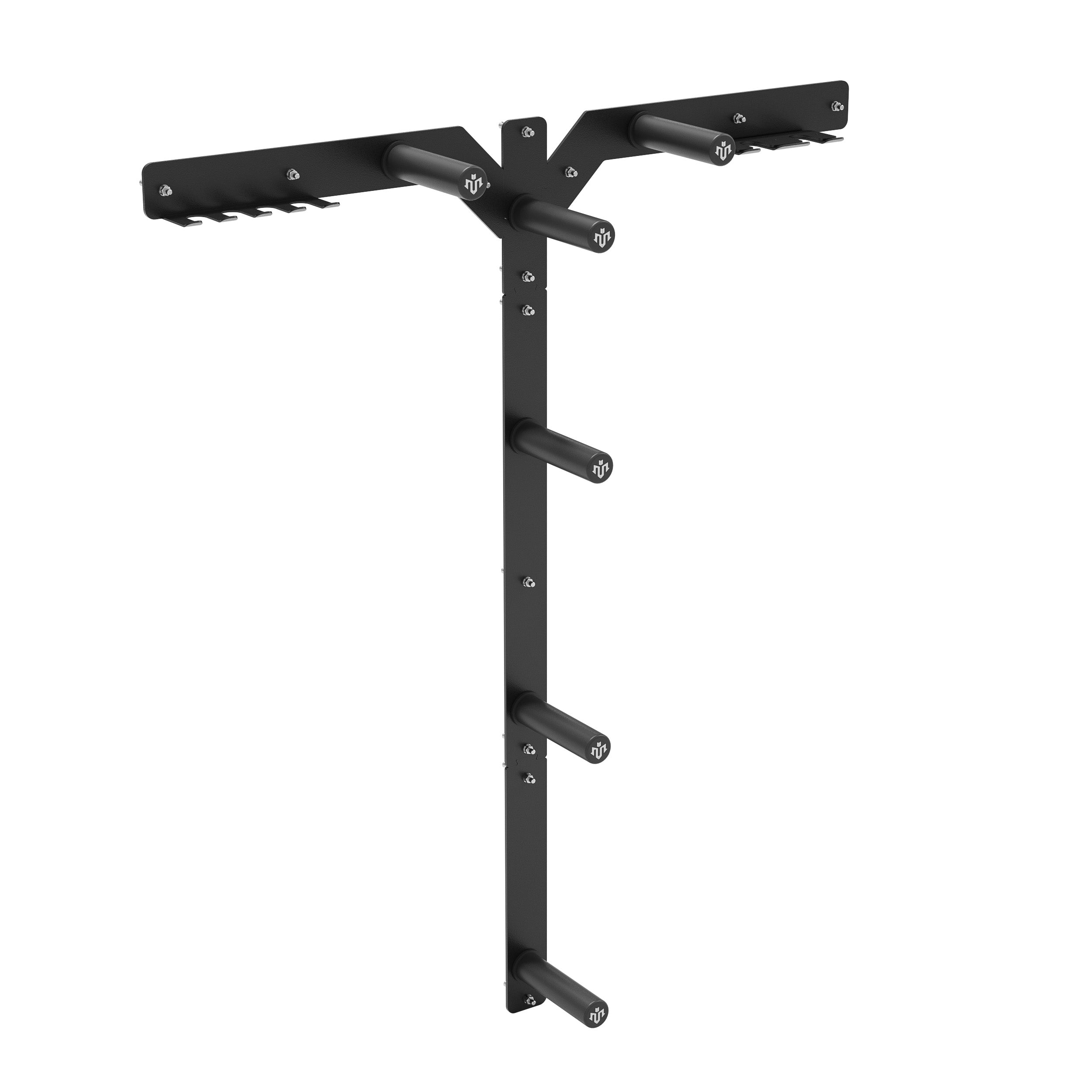




Leave a comment
This site is protected by hCaptcha and the hCaptcha Privacy Policy and Terms of Service apply.